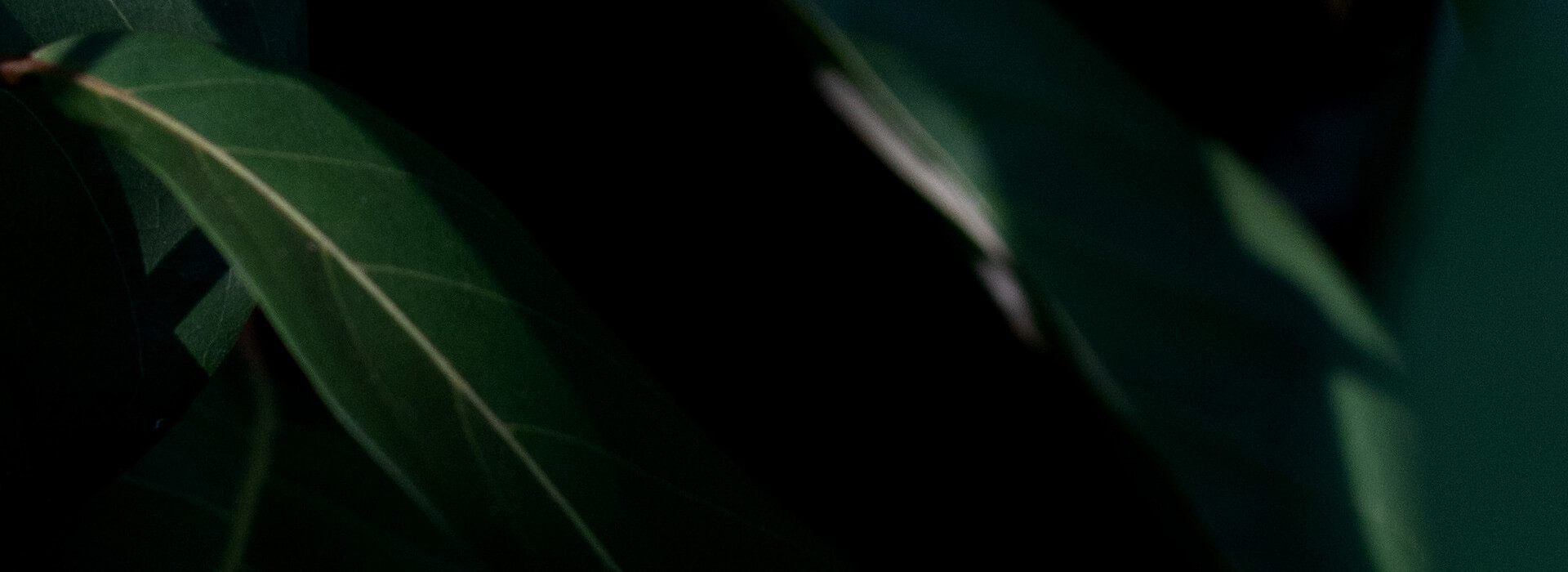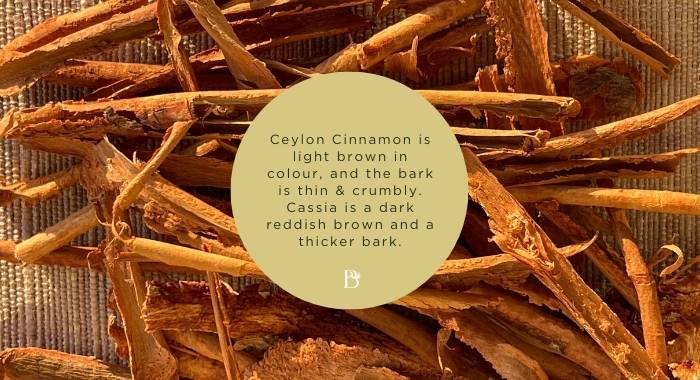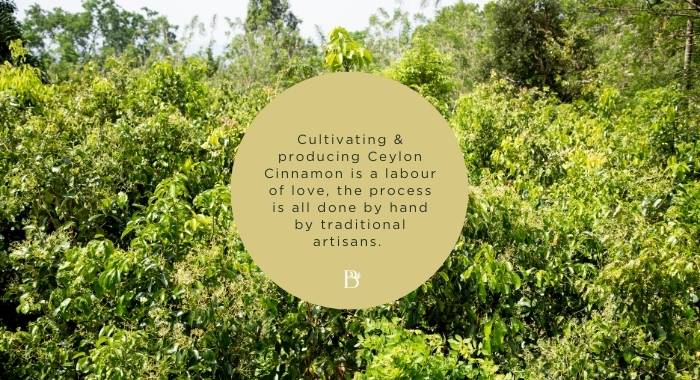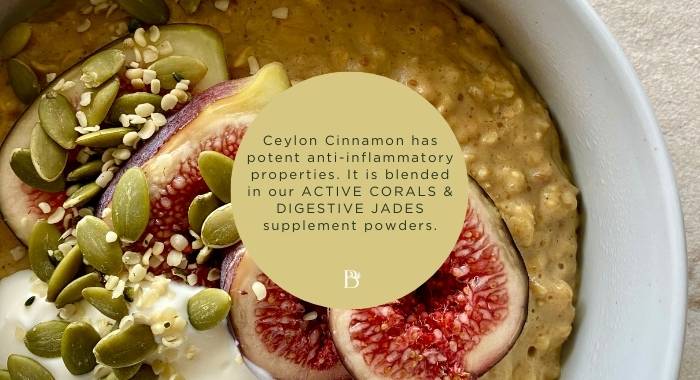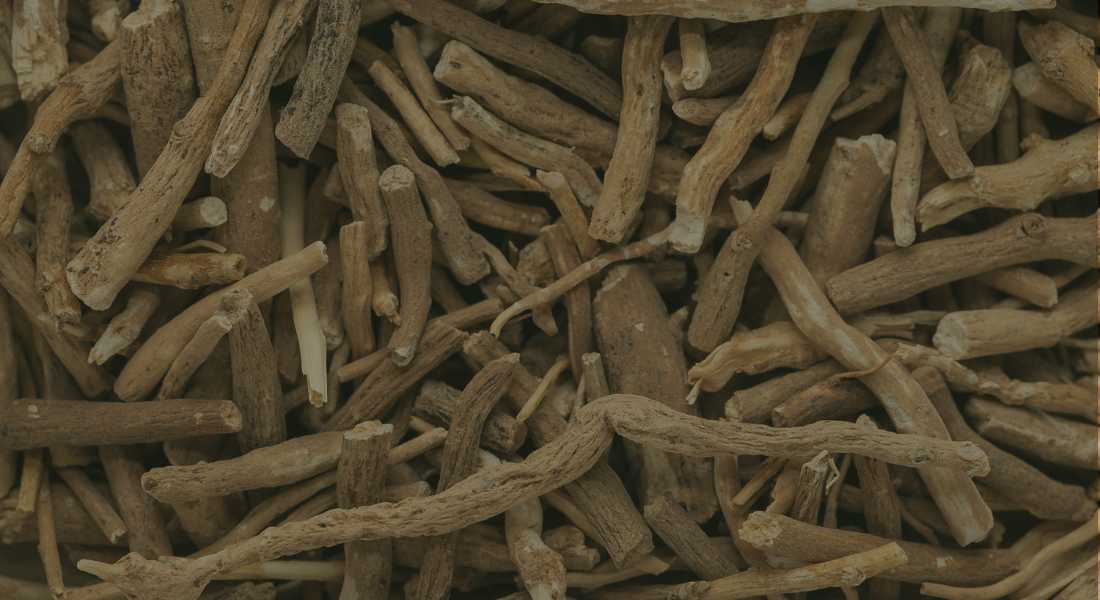The first mention of Cinnamon dates back to 2,800 BC in Chinese botanical writings. In ancient Egypt around 2,000 BC, the sweet aromatic spice was applied for culinary, medical and preservative purposes, including to embalm mummies. Cinnamon is even mentioned in the Bible as an anointing oil in historical Rome. Today, Cinnamon is widely available on supermarket shelves and found in kitchens and menus around the world. It is a common ingredient in Chinese and Ayurvedic medicine, as well as in the commercial sectors of food & drink, beauty & perfumes, and pharmaceuticals. But did you know that not all Cinnamon is created equal? Let’s try to answer the question: What is the best Cinnamon in the world?
What are the different types of Cinnamon?
Although there are a number of local varieties of Cinnamon, there are four main types of commercially cultivated Cinnamon. These are:
- Ceylon Cinnamon or true Cinnamon (Cinnamomum verum or Cinnamomum zeylanicum) originating from Sri Lanka
- Cassia Cinnamon (Cinnamomum cassia) originating from China
- Vietnamese or Saigon Cinnamon (Cinnamomum loureirii) originating from Vietnam
- Indonesian or Korintje Cinnamon (Cinnamomum burmannii) originating from Indonesia
Almost all Cinnamon production in the world comes from these four countries: Indonesia, China, Vietnam and Sri Lanka (as per 2020 statistics).
Do they look different?
Ceylon Cinnamon is light brown in colour, while the others tend to be a darker reddish-brown colour. Ceylon Cinnamon bark are thin, crumbly and roll up like a cigar with multiple layers of bark. Conversely, the other Cassia barks are thick and hard, not forming a scroll, but just one curled layer. The distinct taste and scent of Cinnamon arises from the plant compound cinnamaldehyde found in the essential oil of the bark.
Why is Ceylon Cinnamon the best?
Ceylon Cinnamon is rare, unlike the more common Cassia varieties. Cassia Cinnamon contains coumarin, which is considered toxic in large doses. Coumarin is a naturally occurring plant compound. The coumarin content in Ceylon Cinnamon is undetectable, thereby being completely safe to consume daily.
Talking about Ceylon Cinnamon, Bon Appetit magazine states: “If you ask us, this is the good stuff, and like most good things, it’s a little more expensive and a little harder to find at your standard-issue grocery store… And then there’s the taste. Ceylon Cinnamon’s flavour and aroma are extremely mild and delicate – it definitely reads as ‘cinnamon’, but with subtle, almost floral notes in there.”
How is Ceylon Cinnamon cultivated?
The evergreen Cinnamon tree is medium height and must grow for 2-3 years before the first harvest. Once the thin branches are cut, the Cinnamon peelers begin the work of scraping the outer bark and stripping the inner bark by hand. The aim is to remove very thin sections of bark, which are then dried in the sun and begin to curl. These curls are stuffed into longer pieces of bark to create the Cinnamon quills or scrolls. These long quills are left to dry for 3-4 days before being graded and packaged for use.
It is truly a labour of love to produce the best Cinnamon in the world and this method is unique to Sri Lanka. This rigorous, delicate and patient craft has been passed down through generations. Threats to this artisanal industry include a shortage of peelers, drought and pests, and Cinnamon being a low yield crop.
Watch the video of Cinnamon peeling during one of our sourcing trips here.
Ceylon Cinnamon in BOTANISTRY Blends
Ceylon Cinnamon has been researched for its potent anti-inflammatory and antimicrobial properties. It has also been found to help balance blood sugar and cholesterol levels as well as aid with neurodegenerative disorders. We source organic and premium grade Ceylon Cinnamon from the island that it is native to – Sri Lanka. It is formulated for function and flavour in our ACTIVE CORALS and DIGESTIVE JADES organic health supplement powders. The cinnamon flavour lends itself to both sweet and savoury dishes.
Consuming these active plant ingredients as a powder and along with food means they are better absorbed and used by the body. It also prevents any adverse effects by taking too much of a compound such as from a highly concentrated pill.
Watch the video to make morning oats with ACTIVE CORALS anti-inflammatory supplement here.
Watch the video to make a soothing smoothie with DIGESTIVE JADES Ayurvedic powder here.
Find some simple recipes to enjoy the Blends here.
Post a Comment
You must be logged in to post a comment.


